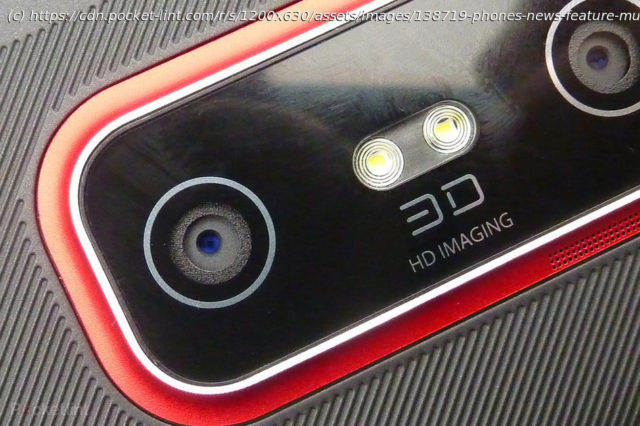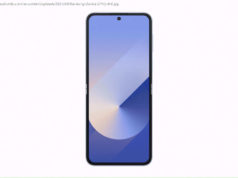With more and more smartphones launching with a multi-lens camera system, we’re taking a romp through the history of multi-lens camera phones.
Why you can trust Pocket-lint (Pocket-lint) – With more and more smartphones launching with a multi-lens camera system, we’re taking a look at where this has all come from and romp through the history of dual, triple and (gasp) quad lens smartphone cameras. Dual lenses on smartphones aren’t new, with a number of models offering a range of unique features using this camera setup as far back as 2011 in formats you’ll recognise – not forgetting the Samsung B710 offering a dual lens back in 2007! (Thanks for that tip Leo.) Getting a phone with a single lens might now be a rarity, but follow us as we walk you through key moments in smartphone multi-lens camera systems of the past and into the present… Pocket-lintLG Optimus 3D and HTC Evo 3D: Another dimension In 2011 3D was a thing. The world’s TV manufacturers were lining up 3D TV sets, there were 3D films being produced and we were being told that 3D was the next big thing (again). For smartphones, it was the opportunity for innovation. The LG Optimus 3D was announced in February 2011 and the HTC Evo 3D launched on Sprint in March 2011. Both these smartphones (and there were some others) used dual lenses to allow them to take 3D video and 3D photos. They use the same technique used by regular 3D cameras, using those dual lenses to create a sense of depth in images. This was boosted with a 3D display to view those images, without the glasses. But 3D was just a passing phase, and although we could capture 3D, ultimately, that was only the start of the story for modern multi-lens smartphones. Pocket-lintHTC One M8: Making sense It was the HTC One M8 that really introduced dual lens cameras to the world and saw HTC trying to do something different. The HTC One M8 was launched in April 2014 and used two sensors in the same way that modern smartphone cameras do. With a 4-megapixel UltraPixel main image sensor and a secondary 2-megapixel sensor capturing extra data, the dual lens camera was used, like 3D, to create a sense of depth in photos. The idea was that the second lens could create a depth map and feed it into the final image. That meant you could create bokeh/background blur effects, you could refocus the image with a tap and you could easily manipulate photos, keeping the subject sharp and changing the backgrounds, even after you’d taken the photo. The One M8 was clever, but the camera wasn’t that impressive. The effects were rather gimmicky and the benefits of having a dual camera didn’t really make an impact – even if the full metal body did. There are still plenty of devices that have a second lens for “depth” and nothing else – but that’s often seen as a method of getting background blurring on portrait shots. HTC might have started this whole second lens thing, but it was about 2 years in advance of the rest of the pack – and it was 2016 that really saw the industry change. Pocket-lintLG G5: Going wide Step forward a few years and LG announced the LG G5 in February 2016. There were two things that were interesting about it. Firstly, it attempted to integrate modular accessories – which was a flop – and secondly, LG equipped it with dual cameras, one of the first phones to launch in 2016. There was a main 16-megapixel sensor and a second 8-megapixel sensor. Rather than combining information to create effects, the second lens was ultra wide-angle. With 135-degree lens on the rear for that 8-megapixel camera, the LG G5 could shoot wide-angle photos to great effect. You could simply switch from one camera to the other, perfect for tight spots or landscapes – and the chance to create something you can’t do with software. LG added the wide-angle to the V20 and subsequent models in the G and V series, but it wasn’t until the Huawei Mate 20 triple camera that we saw big moves in wide-angle from other manufacturers.
Home
United States
USA — IT Dual, triple, quad, penta camera smartphones: The history running through to the...






